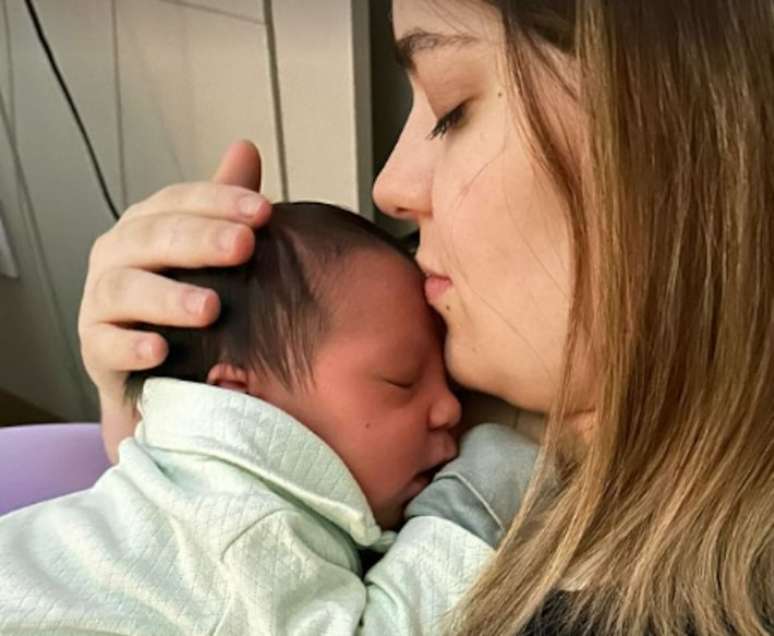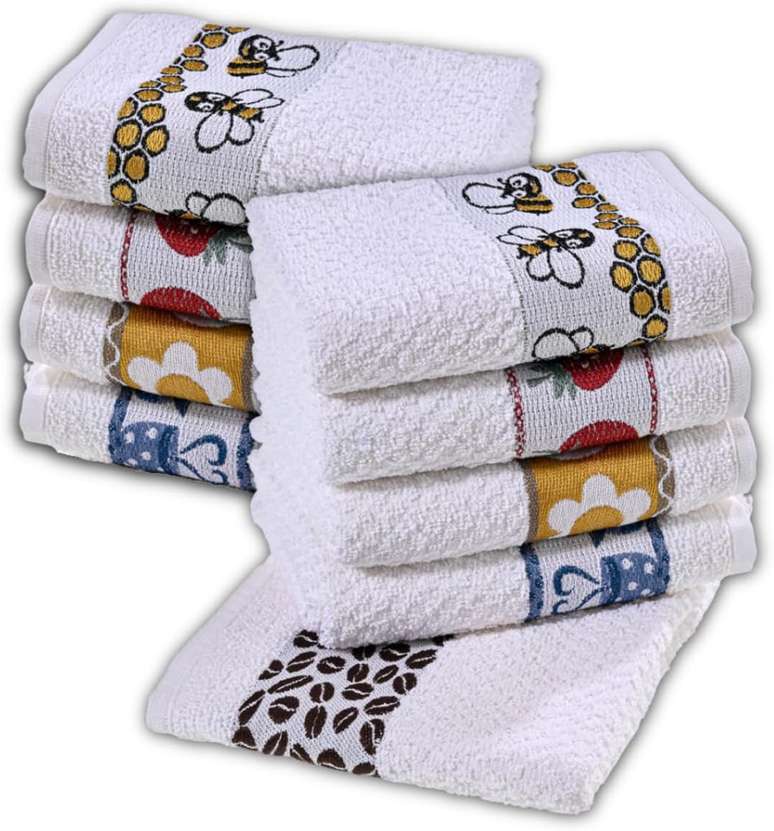Ravi had been hospitalized for 19 days at Albert Einstein Hospital, in Sao Paulo, and the diagnosis was announced on Saturday; The condition affects the intestines and can cause widespread infections
After 19 days of hospitalization the youngest son of the former BBB VIII Tube AND Eliezer, Ravi Di Felice was discharged from hospital this Saturday, the 14th. According to a medical bulletin published by Albert Einstein Hospitalwhere Ravi was hospitalized, the child’s stay in the institution was caused by enterocolitis.
“The Israelite Albert Einstein Hospital informs that the son of Vitória of Felice Moraes and Eliezer do Carmo was discharged this Saturday, December 14. The patient was hospitalized for enterocolitis on November 25,” reads the bulletin.
Ravi’s hospitalization generated major repercussions on social media, leading Eliezer to clarify the rumors. The father denied speculation about an alleged “one-hour surgery” and explained that the condition his son faced was serious and rare, especially for a “full-term baby” – a term used in obstetrics to describe newborns who are born in the ideal gestation period.
According to Rede D’Or, Enterocolitis is an inflammation that affects the intestine thick and thin, which can have different causes and manifestations, depending on the patient’s age and the severity of the case. The specific type of condition Ravi faced, however, was not detailed in the medical bulletin.
Types of enterocolitis
- Necrotizing
According to the NGO Prematuridade.com website, necrotizing enterocolitis is a serious inflammation of the digestive system that mainly affects premature babies. Although the exact causes are not yet fully understood, it is known that the problem is linked to an inadequate blood supply to the intestine, which can cause damage to intestinal tissue.
This injury facilitates the invasion of bacteria into the intestinal wall, leading to the formation of gas. In severe cases, the damaged tissue may be perforated, allowing intestinal contents to leak into the abdominal cavity, causing peritonitis (localized infection) or even sepsis, a generalized infection that can be fatal.
Necrotizing enterocolitis is considered the most common and dangerous gastrointestinal emergency in the neonatal period, affecting between 0.1% and 0.7% of live births and approximately 7% of infants admitted to neonatal intensive care units. Babies with very low birth weight (1.5 kg or less) are more vulnerable, with an incidence of 5% to 8% in these cases.
- Pseudomembranous
Pseudomembranous enterocolitis, or pseudomembranous colitis, is an inflammation of the final part of the intestine, the colon and the rectum, which can be caused by the use of some antibiotics, such as amoxicillin and clindamycin, which cause the proliferation of Clostridium difficile bacteria and the appearance of symptoms, such as diarrhoea, fever and abdominal pain.
- Neutropenic
Neutropenic enterocolitis affects people with neutropenia, which is a decrease in the number of neutrophils, which are the blood cells responsible for fighting infections. People with neutropenia are prone to more serious infections that can lead to enterocolitis.
Symptoms that may be present in neutropenic enterocolitis, also known as typhlitis, include fever, abdominal pain and distension, loss of appetite, nausea, diarrhea with or without blood, and tenderness when touching the belly.
- Ulcerative
Ulcerative enterocolitis is a chronic disease in which overreactions of the immune system cause inflammation and ulcers in the large intestine, causing symptoms such as diarrhea, which may contain blood, stomach cramps and pain, mucus or pus in the stool, and feeling constantly of vomiting. need to have a bowel movement, even if the bowel is empty.
- Enterocolitis induced by food proteins
Food protein-induced enterocolitis is an allergic reaction that causes inflammation in the intestine, triggered by the ingestion of certain foods. Like other food allergies, this type of enterocolitis can be caused by consuming foods such as cow’s milk, soy, and grains such as rice, barley, and oats, including infant formulas that contain these ingredients.
This condition mainly affects children under the age of two and can lead to symptoms such as severe vomiting, diarrhea and dehydration. In severe cases, food protein-induced enterocolitis can cause changes in body temperature and a drop in blood pressure, requiring immediate medical intervention.
How to treat enterocolitis
Treatment for enterocolitis varies depending on the cause of the condition, involving a combination of medications, dietary changes and, in some cases, surgery.
- Medicines
The use of antibiotics is common, especially to treat infectious forms of enterocolitis, such as pseudomembranous and necrotizing enterocolitis. Frequently indicated antibiotics include Ampicillin, Gentamycin, Clindamycin, Metronidazole, Rifaximin, and Vancomycin.
For ulcerative enterocolitis, depending on the severity, aminosalicylates may be prescribed for mild or moderate forms. In more severe cases, the use of corticosteroids, such as prednisone, or immunosuppressants, such as azathioprine, may be necessary to reduce inflammation and control the disease.
- Food
In the case of necrotizing enterocolitis, initial treatment usually includes total parenteral nutrition. This type of nutrition involves the direct delivery of nutrients into the bloodstream, allowing the intestines to rest while the body receives the nutrients needed for recovery.
When enterocolitis is induced by dietary proteins, such as those found in milk or soy-based infant formulas, your pediatrician may recommend replacing them with hypoallergenic foods. For cases of enterocolitis caused by other foods, allergists or pediatricians can suggest a diet based on fruit and vegetables, replacing cereals and grains.
Proper nutrition plays a crucial role in the treatment of enterocolitis, as it helps reduce the risk of complications, improves nutrient absorption and contributes to the patient’s recovery. It is advisable to avoid raw foods and favor probiotic foods, such as yogurt and kefir, which help in the recovery of the intestinal flora. An adequate diet is essential to ensure intestinal health and improve the patient’s quality of life.
- Surgery
In the most severe cases of pseudomembranous, ulcerative or necrotizing enterocolitis, especially when the clinical forms do not respond to pharmacological treatment or complications arise, such as hemorrhages, megacolon or intestinal perforation, surgery may be necessary. Procedures such as hemicolectomy, ileostomy, and laparotomy can be performed to remove compromised parts of the intestine or treat serious complications.

Source: Terra
Ben Stock is a lifestyle journalist and author at Gossipify. He writes about topics such as health, wellness, travel, food and home decor. He provides practical advice and inspiration to improve well-being, keeps readers up to date with latest lifestyle news and trends, known for his engaging writing style, in-depth analysis and unique perspectives.







